45 is country of origin required on food labels
CPG Sec 560.200 Country of Origin Labeling | FDA Food labeling statements regarding geographical origin must not be false or misleading in any particular. FDA's policy prohibiting false or misleading labeling of food applies equally to imported ... EU - Labeling/Marking Requirements The first step in investigating the marking, labeling, and packaging legislation that might apply to a product entering the European Union is to draw a distinction between what is mandatory and what is voluntary. Decisions related to mandatory marking, labeling, or packaging requirements may sometimes be left up to individual Member States.
Is country of origin required on food? - TimesMojo This is actually a Customs requirement: all imported products must be marked with their country of origin. … Customs regulations state that every foreign product entering the US must be labeled, in English, with the country of origin. This marking must be: Clearly and visibly located on the product, and.Read More →
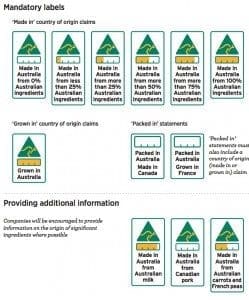
Is country of origin required on food labels
Mandatory country-of-origin labeling (US) - Wikipedia The US said the panel affirmed the right of the United States to require country of origin labeling for meat products. Canada and Mexico asked the WTO for another review and permission to impose more than $2 billion a year in retaliatory tariffs, and the ruling was made public in summer 2014. Country of origin food labelling | ACCC Country of origin food labelling If you sell or supply food for retail sale in stores, markets, online or from vending machines it is likely that you will be required to comply with the Country of Origin Food Labelling Information Standard 2016 (Standard). Types of food covered by the standard Label requirements The labels A Brief History and Overview of Country of Origin Labeling Requirements Country of Origin Labeling (COOL) laws and regulations require retailers to notify their customers of the country of origin of covered commodities, which include beef, veal, lamb, chicken, fish and shellfish, goat, pork, perishable agricultural commodities, macadamia nuts, pecans, ginseng, and peanuts. One might think that this is a simple matter, but as with most regulatory requirements ...
Is country of origin required on food labels. All About Labels - Country of Origin Labels Country of Origin Food Labels . Food labeling in Australia is changing. If you sell food in retail stores in Australia your products will be required to display the Country Of Origin Labels. ... These labels are known as Country of Origin (COO) labels and are available in three sizes 36mm x 20mm, 42mm x 27mm or 65mm x 30mm. ... Food labelling: country of origin - GOV.UK Food labelling: country of origin Beef and veal labelling. For beef and veal sold in GB, you can refer to 'non-EU' until 30 September 2022. From 1 October... Minced beef and veal labelling. GB and NI origin beef can continue to be batched together for sale on any market. They... Poultry, sheep, ... Country of Origin Labeling (COOL) | Agricultural Marketing Service Country of Origin Labeling (COOL) is a labeling law that requires retailers, such as full-line grocery stores, supermarkets and club warehouse stores, to notify their customers with information regarding the source of certain foods. Food products covered by the law include muscle cut and ground meats: lamb, goat, and chicken; wild and farm-raised ... Country of Origin Labeling (COOL) Frequently Asked Questions Country of Origin Labeling (COOL) is a consumer labeling law that requires retailers (most grocery stores and supermarkets) to identify the country of origin on certain foods referred to as "covered commodities". The 2002 and 2008 Farm Bills and the 2016 Consolidated Appropriations Act amended the Agricultural Marketing Act of 1946 to require ...
Country of Origin Food Labeling | Jenn David Design The Country of Origin Labeling requirement states that "Food labeling statements regarding geographical origin must not be false or misleading in any particular." So it would be incorrect to state that the cocoa is a product of both Mexico and Chile on the label. You would need two labels in this case—one for each respective country of origin. Country of Origin Food Labelling Rules - FoodTruths The label can be either on the food item, on packaging or signage located next to the food item. Origin information is also required to be disclosed in any advertisements or promotional materials, for example on websites or social media. The disclosure label must be in clear and legible text in either English or Māori, and common abbreviations such as NZ or UK can be used, however maps or flags of countries cannot be used. Do these rules apply for food purchased at restaurants or takeaways ... Country of origin on food labels - Canadian Food Inspection Agency In Canada, there are mandatory requirements for certain food products to indicate the foreign state (definition) of origin on their labels. Although foreign states include countries as well as World Trade Organization (WTO) members, the Industry Labelling Tool commonly refers to this requirement as country of origin labelling. Food labelling and packaging: Food labelling - what you must show - GOV.UK You must show the country or place of origin for: beef, veal, lamb, mutton, pork, goat and poultry fish and shellfish honey olive oil wine fruit and vegetables You can label certain food from EU...
Food labelling | New Zealand Government Food labelling. Food labels help you make informed choices about the products you buy. The Ministry for Primary Industries website has information about food labelling. Find out what each part of the label means and what to do if you find a problem with a food label. How to read food labels. Last updated 19 January 2022. Origin labelling - Food Safety Other required actions on origin labelling Origin labelling for meat used as an ingredient. On 17 December 2013, the Commission adopted a report for the European Parliament and the Council regarding the mandatory indication of the country of origin or place of provenance for meat used as an ingredient. Country of origin | ACCC You will find country of origin labelling on most food you buy at the supermarket, local stores, markets, online or from a vending machine. Food bought from restaurants, cafes, take-away shops, schools and caterers does not have to be labelled. Food that was packaged and labelled on or before 30 June 2018 can still be sold without the new labels. Origin Labeling Requirements for Imported Commodities Passed Tuesday, June 15, 2021. We have previously reported on proposed Senate legislation that would require country of origin labeling (COOL) for imported commodities sold online. On June 8, 2021, the ...
Country of Origin Requirements in the United States: An Overview Country of origin labeling is mandatory for all consumer products imported and sold in the United States. Country of origin labeling is often as straightforward as printing a 'Made in [INSERT COUNTRY]' on the product and its packaging.
Food Standards Agency - Food labelling e-learning course Where origin information is given voluntarily on a label, this must follow the rules as if it was being given on a mandatory basis, except that the legibility requirements do not apply (see...
Packaging and labelling | Food Standards Agency Where EU Law requires an indication of a Member State in respect to country of origin, food businesses must ensure that where food has originated in Northern Ireland, such indications should be in...
Country of Origin Marking Requirements - PackagingLaw.com Under the Tariff Act of 1930, every article of foreign origin (or its container) imported into the U.S., unless exempted, must be marked in a manner that will indicate to the ultimate purchaser the article's country of origin. For example, goods originating in China must be marked, "Made in China" or "Product of China."
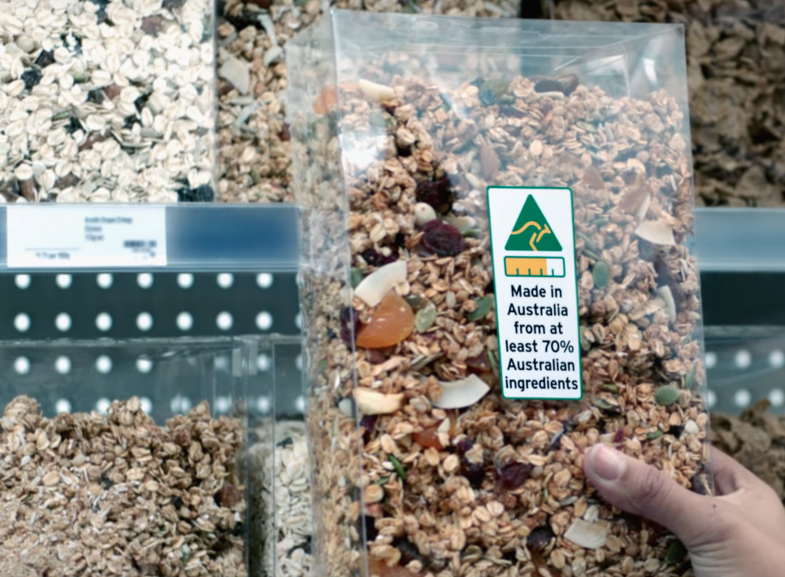
New Country of Origin Food Labelling Standards to benefit Australian food and beverage companies ...
Must processed food products have a country of origin label? Must processed food products have a country of origin label? Jul 17, 2019 Knowledge Article Retail items that meet the definition of a processed food item do not require labeling under the COOL final rule. For more information, visit Common Questions & Answers on Country of Origin Labeling. Live chat:
What Is Country of Origin Labeling? An Overview - Shipping Solutions According to U.S. Customs and Border Protection (CBP), every article of foreign origin entering the U.S. must be legibly marked with the English name of the country of origin, unless an exception from marking is provided in the law. The country of origin is defined as the country of manufacture, production or growth of an article.
Food label news: Basic information concerning current Country of Origin ... For 22 food categories (1 through 22 in Annex 15), Country of Origin Labeling for Ingredients is required for a fresh food that is the main ingredient, by weight, used in the product (ingredients/additives), and that constitutes at least 50% of the product. Individual standards are set for four specific items (23 through 26 in Annex 15).
New EU origin labelling rules in force from 1 April 2020 From 1 April 2020, new EU rules took effect requiring food businesses to label foods with the country of origin or place of provenance of primary ingredients. These requirements, set out in Commission Implementing Regulation (EU) 2018/775, apply alongside existing rules in the EU Food Information Regulation (No. 1169/2011) ( FIC ).
Country of origin labelling for food products - Canadian Food ... Country of origin labelling for food products Important notice. The information on this web page is being updated to reflect changes to labelling information, which include nutritional information, list of ingredients, and food colour requirements due to amendments to the Food and Drug Regulations (FDR) and the implementation of the Safe Food for Canadians Regulations.
CPG Sec. 560.200 Country of Origin Labeling CPG Sec. 560.200 Country of Origin Labeling BACKGROUND: A statement of the country of origin on the labeling of imported foods is not required by the Federal Food, Drug, & Cosmetic Act. This is a...
A Brief History and Overview of Country of Origin Labeling Requirements Country of Origin Labeling (COOL) laws and regulations require retailers to notify their customers of the country of origin of covered commodities, which include beef, veal, lamb, chicken, fish and shellfish, goat, pork, perishable agricultural commodities, macadamia nuts, pecans, ginseng, and peanuts. One might think that this is a simple matter, but as with most regulatory requirements ...
Country of origin food labelling | ACCC Country of origin food labelling If you sell or supply food for retail sale in stores, markets, online or from vending machines it is likely that you will be required to comply with the Country of Origin Food Labelling Information Standard 2016 (Standard). Types of food covered by the standard Label requirements The labels

Government's proposed country-of-origin labels leave you to guess where your food comes from
Mandatory country-of-origin labeling (US) - Wikipedia The US said the panel affirmed the right of the United States to require country of origin labeling for meat products. Canada and Mexico asked the WTO for another review and permission to impose more than $2 billion a year in retaliatory tariffs, and the ruling was made public in summer 2014.
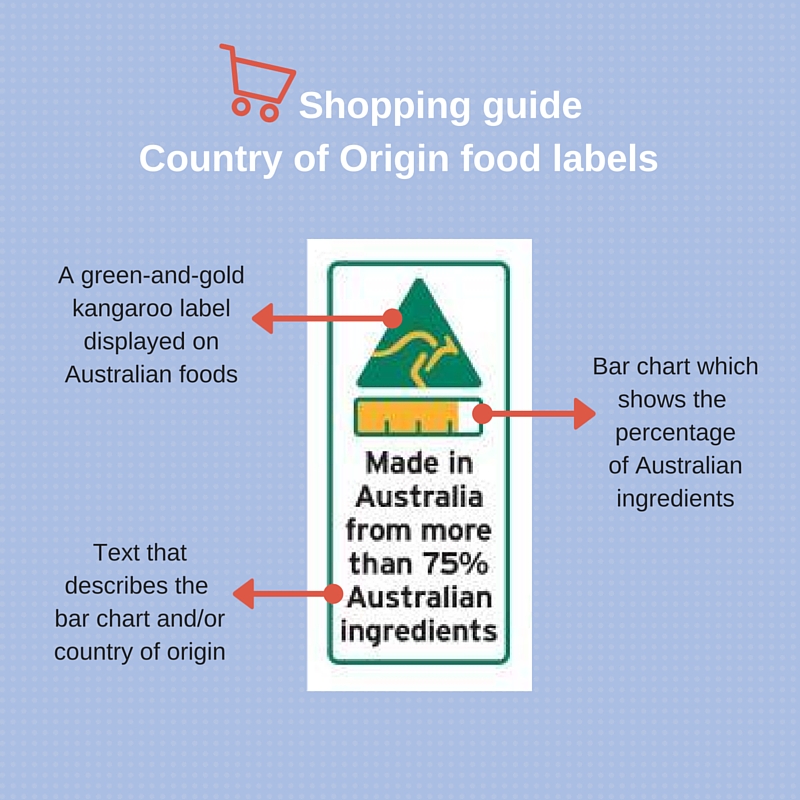



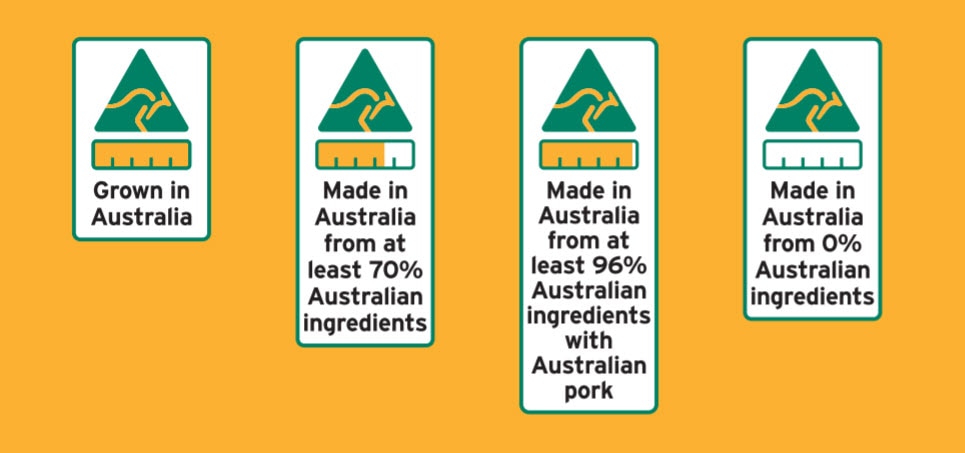
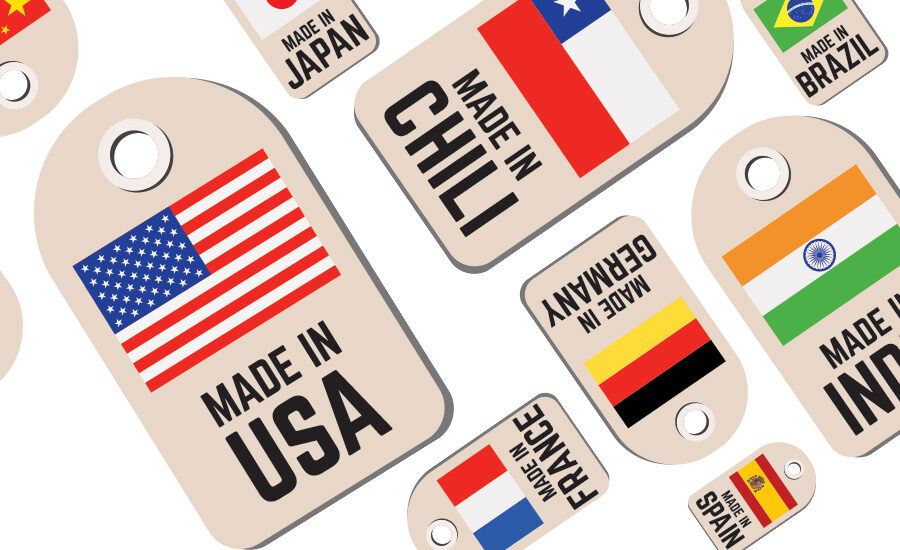


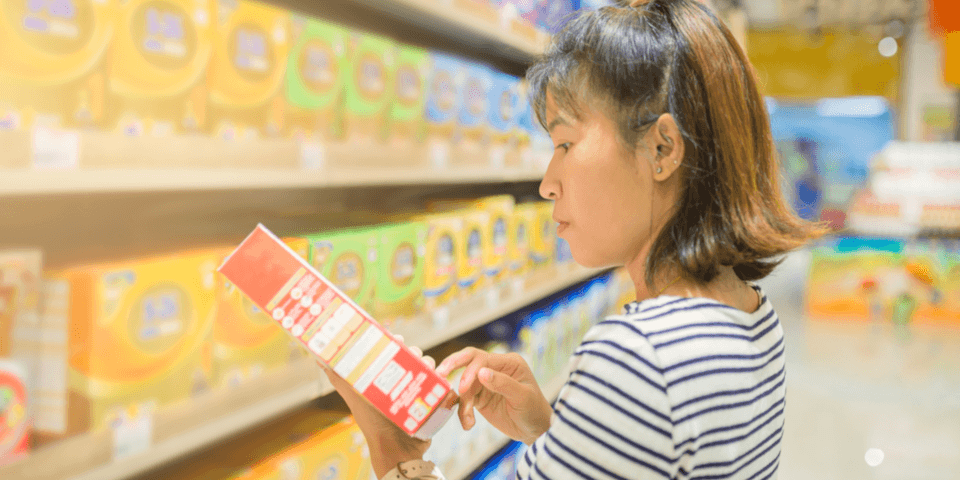
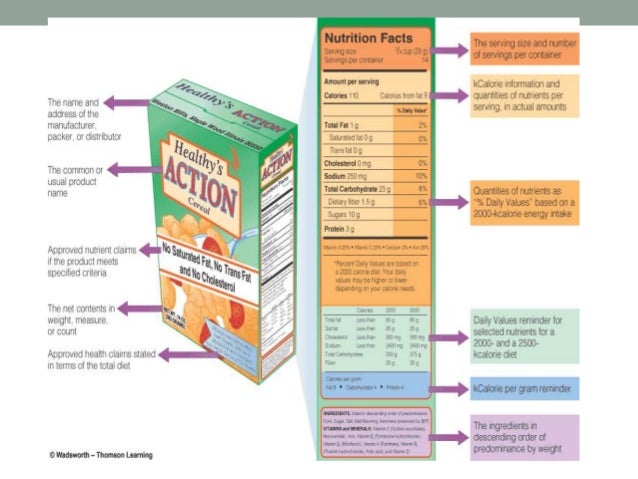

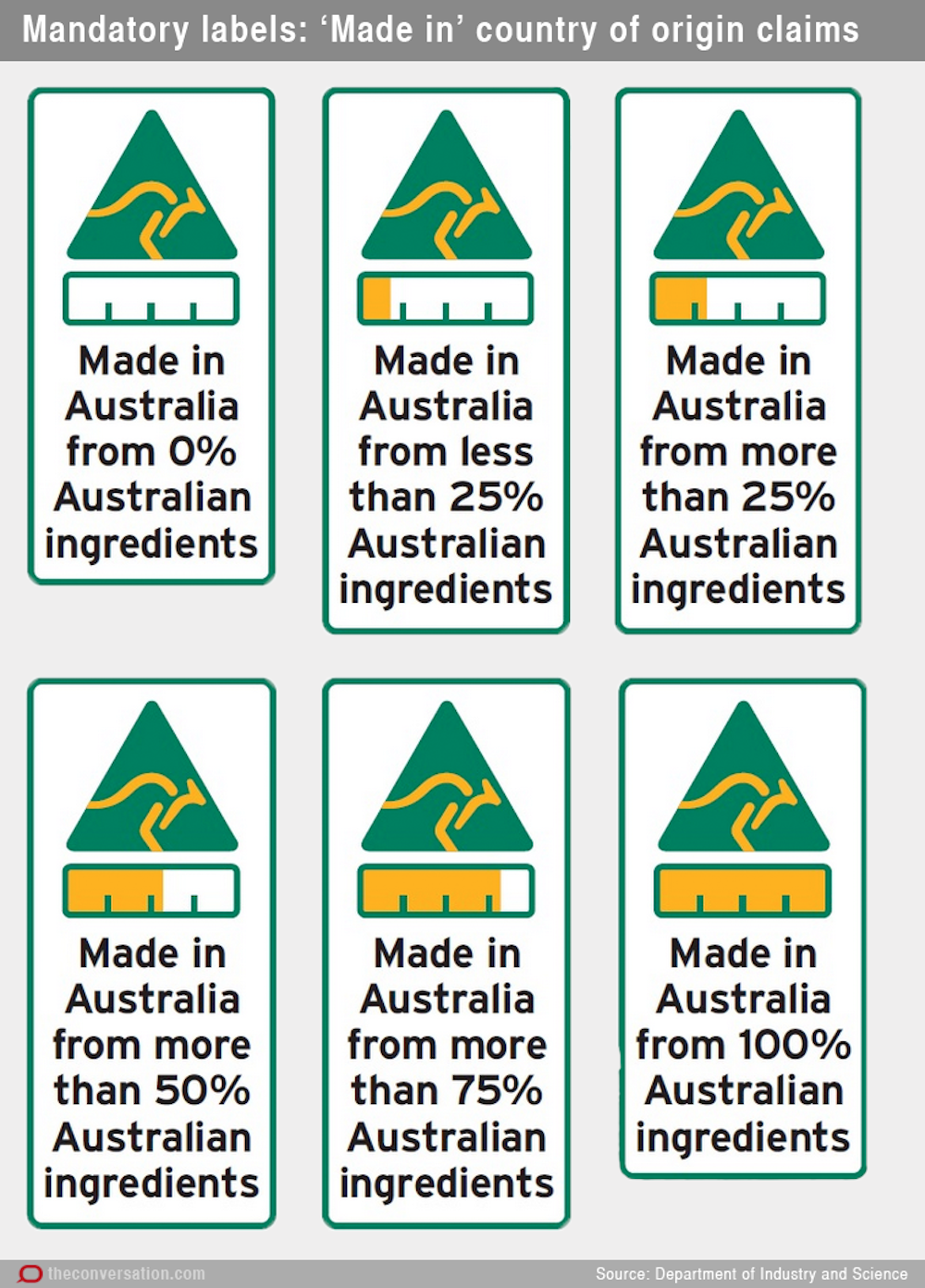
Post a Comment for "45 is country of origin required on food labels"